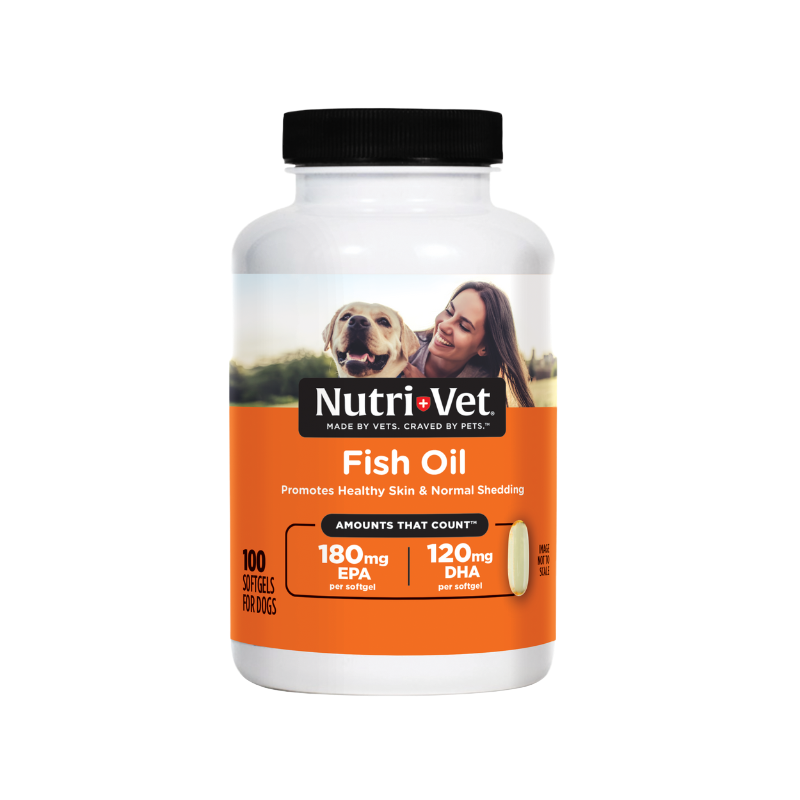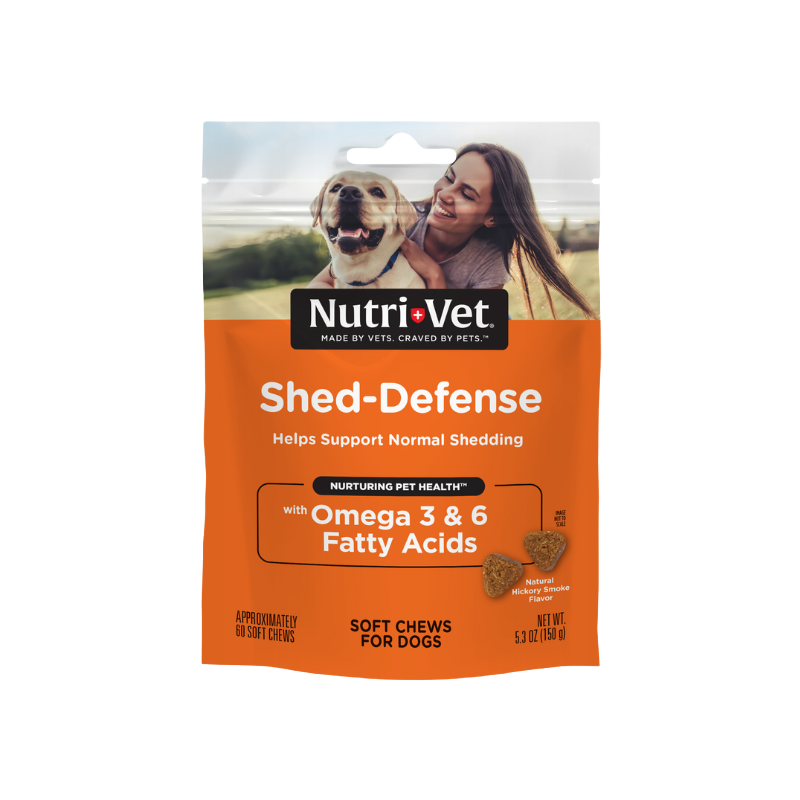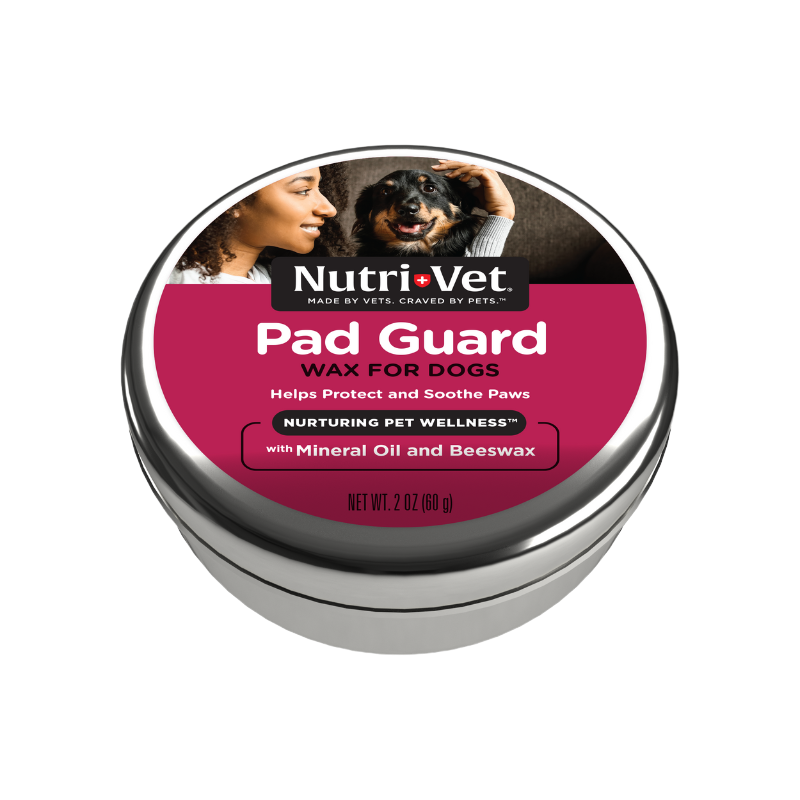

A Dog and Cat Nutrition Blog
How to Help Dogs with Dry Skin: A Comprehensive Guide
Understanding and Addressing Canine Dry Skin.
Hello, fellow dog enthusiasts! Winter can be a blast, but it can also be harsh on both human and dog skin.
If you've noticed your furry friend scratching more than usual or if their skin appears dry, flaky, and irritated, you're not alone. Many dog owners grapple with the challenge of helping their pets combat the negative effects of dry skin, especially during the cold months.
In this comprehensive guide, we'll delve into the causes of dry skin on dogs, recognize its signs, and explore effective ways to alleviate this common canine discomfort.

My Dog Has Dry Flaky Skin and Scabs: Why?
Understanding the root causes of dry skin is crucial for effective long-term management. Here are common factors that can contribute to canine dry skin:
- Nutritional Deficiencies: Inadequate intake of essential fatty acids can lead to dry skin.
- Environmental Allergens: Your dog may develop an environmental allergy due to dry or cold climates that can sap moisture from your dog's skin. Excessive exposure to central heating or air conditioning may also contribute.
- Allergies: Dogs can have an allergic reaction to certain foods, environmental elements, or grooming products. Skin allergies in dogs often reveal themselves as itchy, dry skin and scabs.
- Parasites: Flea bites, ticks, and dust mites can cause skin irritation and contribute to dryness.
- Underlying Health Conditions: Conditions like hypothyroidism or autoimmune disorders may manifest as dry skin.

Signs of Dry Skin on Dogs: What Does Dry Skin Look Like on a Dog?
Recognizing the signs of dry skin is vital for early intervention. Keep an eye out for the following indicators:
- Itching and Scratching: Excessive scratching or biting at the skin.
- Flaky or Scaly Skin: Visible dry flakes or scales on the coat.
- Redness and Inflammation: Irritated, reddened patches on the skin.
- Scabs and Sores: Formation of scabs or open sores because of persistent scratching.
- Dull or Thinning Coat: A lackluster coat may indicate underlying skin issues.

How to Help My Dog with Dry Skin
When it comes to addressing your dog's dry skin, proactive measures can make a significant difference. Let's explore some practical steps you can take:
- Regular Bathing Routine: Use a gentle, moisturizing dog shampoo. Regular baths, when given too frequently, can actually dry out skin. Bathe as necessary and let their naturally-occurring skin oils and well-balanced diet do the rest!
- Balanced Diet: Opt for high-quality dog food containing essential fatty acids. If your dog has a food allergy, work with your vet on an elimination diet plan to reduce symptoms. Consider adding omega-3-rich foods like salmon to their diet.
- Hydration is Key: Provide fresh water to keep your dog hydrated. Consider using a humidifier, especially in dry climates.
- Choose the Right Grooming Products: Use grooming products designed for dogs with sensitive skin. Brush your dog regularly to remove dead skin cells and distribute natural oils.
- Consult with a Veterinarian: The first step in addressing any pet health issue should be discussing with your vet. Ask about potential supplements or medications that may support dog skin and coat health.

Home Remedies for Dry Skin on Dogs
In addition to lifestyle changes, there are several effective home remedies to soothe your dog's dry skin:
- Coconut Oil Massage: Gently massage virgin coconut oil onto your dog's skin. Virgin coconut oil has moisturizing and anti-inflammatory properties.
- Oatmeal Baths: Add colloidal oatmeal to your dog's bath to relieve itching. Oatmeal has soothing properties that can alleviate dry skin.
- Omega-3 Fatty Acids: Incorporate fish oil supplements into your dog's diet. Omega-3 fatty acids may help promote skin and coat health.
- DIY Healing Balm: Create a homemade healing balm using natural ingredients like shea butter, coconut oil or beeswax that are safe for dogs. Apply the balm to dry, cracked areas on your dog's skin.
- Humidify Indoor Spaces: Consider purchasing an indoor humidifier for your home. The machine’s water vapor can help prevent dry skin, especially during colder months.

In conclusion, helping your dog overcome dry skin involves a multi-faceted approach, encompassing proper grooming, a balanced diet, and targeted home remedies. If the issue persists or worsens, consulting with a veterinarian is essential for a thorough examination and tailored treatment plan.
By addressing the root causes and providing proactive care, you can ensure your canine companion enjoys healthy, itch-free skin year-round.










